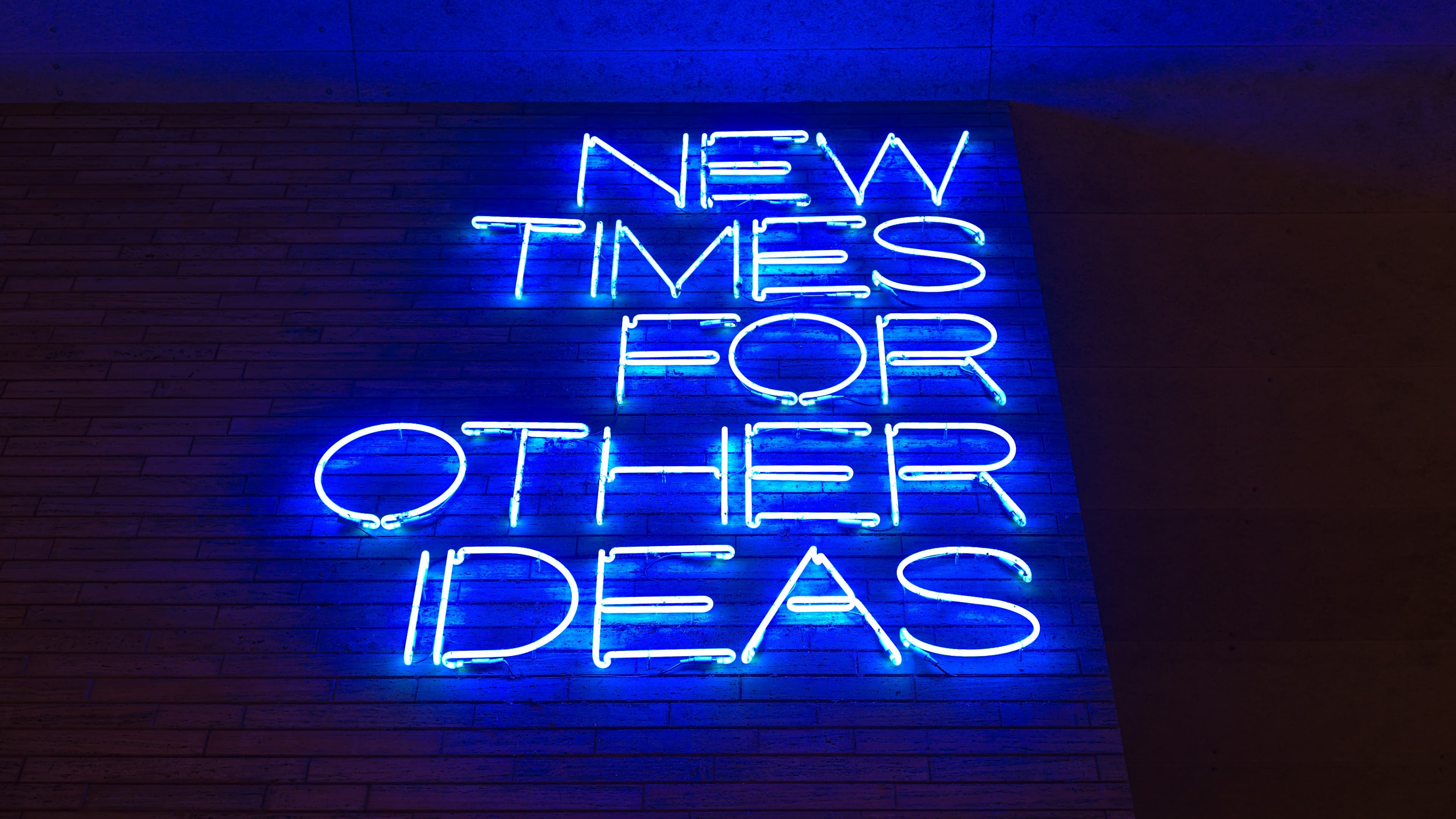Why Some People Give and Others Just Take

The idea of love feels timeless. While the English word is only about 800 years old, the concept itself is woven into the history of nearly every culture, from the ancient Greeks to the Persians. It’s a cornerstone of every major religion and seems to have been with us since the dawn of civilization. Love is the force that brings us together, giving us strength in hard times and rallying us toward something bigger than ourselves. It’s the classic theme in stories passed down through generations: good versus evil, love versus hate. Maybe these ideas resonate so deeply because we all feel those opposing forces within ourselves.
Finding Your Force
A mentor of mine once asked if I’d ever seen . As a kid from the 70s, it was pretty much impossible to miss. He brought up the idea of “the force”—that invisible source of power that both heroes and villains drew from. Then he asked me if I thought it was just movie magic or something real that plays out in our everyday lives.
I had to think about it. When I was 25, I was suddenly pushed into public speaking. Not because I wanted to—the thought was terrifying—but the company I worked for was on the verge of collapse, and it was my turn to step up. At first, I was awful. Awkward, uncomfortable, and painfully stilted. It was probably worse for the audience than it was for me. But they stuck around, and that gave me the chance to practice.
With enough practice, you can get better at anything. Slowly, I became more comfortable, and the groups became more engaged. The shy, introverted kid inside me found it a little addictive to hold a room’s attention. It was then that I first felt what my mentor called “the force.” It felt like a power I could use to move people and influence their thinking. I was too naive at the time to see how that power could be used for good or for bad. So, when my mentor asked if that force was real, I said, “Yes, I think it is.”
He smiled, explaining something I’ll never forget. “The most powerful people you’ll ever meet,” he said, “are the ones who consciously draw their power from one side or the other. The more polarized they are, the more powerful they become.”
He gave me a simple analogy. Imagine a road. On one side is the force of good, where love, empathy, and selflessness reside. On the other is the force of evil, home to hatred, anger, and greed. “Most people,” he explained, “walk down the center line, borrowing a little power from each side. But because they live in the middle, they never tap into the full potential of either.”
Then he looked at me and said, “You’ve spent your life in the middle, but you’ve felt both sides. It’s time to pick a team.” I made my choice that day. It hasn’t always been a straight path, but I quickly learned that the dark side wasn’t where I wanted to live. I’ve seen people who draw their power from there. They can look incredibly successful, but it's often an illusion that eventually comes crashing down. So, which side do you want to draw your power from?
The Illusion of Greed
In the 1987 movie , Gordon Gekko famously declared, “Greed is good.” When that film came out, I was a 24-year-old with a fresh finance MBA, and those words felt like a rallying cry. The message was simple: grab all you can, and you’ll find fulfillment. Many believe that the best are fueled by this exact mindset.
For a while, I believed greed was the foundation of success. But over time, I saw its myopic nature. A singular focus on leads to a self-centered perspective that pushes people away. Where one person’s greed succeeds, another person has to lose. Albert Einstein called greed one of the three great negative forces in the world, and it shows up in our lives by driving risky behaviors and fueling addictions, selfishness, and narcissism. It makes us chase things instead of relationships.
So why is it so powerful? Because it’s an addictive siren song for our lesser selves. The antidote is unselfish love. It’s the kryptonite to that darkness and, ultimately, the only real measure of a successful life.
A Lesson in Gratitude
I’m reminded of this as I sit here with my coffee, thinking about where I was one year ago. It was my darkest hour. An urgent care doctor had just told me that my body was shutting down. My cells, organs, and brain were starting to die. Nothing prepares you for news like that. My first thought was of my wife and kids. Would I get to see them again?
I wasn’t afraid of dying, just deeply sad about everything I would miss. The next five days in the hospital were a blur of machines, tests, and a constant cacophony of noise. Thanks to incredible doctors and nurses, I was one of the lucky ones who got to go home.
The recovery was slow. My lungs, scarred and tight, made every breath a challenge. My mind was easily overwhelmed; even watching TV was exhausting. It took months before I felt well enough to drive. Today, I’m almost fully recovered, and I’m overwhelmed with gratitude. It’s amazing how much we take for granted—a deep breath, the energy to walk, a hug from a loved one. That experience taught me that the best parts of life are often happening while we’re busy being distracted by things that don’t really matter.
Givers Get, Takers Get Taken From
In the early 1900s, Andrew Carnegie offered a powerful example of a different path. A Scottish immigrant who started in a cotton factory, he built a massive steel empire through hard work and savvy investments. By 1901, he had a fortune worth around $300 billion in today’s dollars. But what made his life remarkable is what he did next: he spent the last 20 years of his life giving it all away.
He became one of the world’s greatest philanthropists, endowing everything from libraries to universities. He wondered how he had amassed such a fortune while others struggled, and he concluded it all came down to a single philosophy he called the Universal Law of Service. The law is simple: the only way to get what you want in life is to first help other people get what they want. You get by giving first. This principle is the engine behind any successful endeavor, from a massive to the most effective .
This brings us to the two types of people you’ll meet: givers and takers.
Takers operate on a simple motto: “What’s in it for me?” Their self-centered perspective is the polar opposite of the Law of Service. They feel entitled, believing that successful people just got lucky breaks. They fail to see that success is driven by a better mindset—one of learning from mistakes and creating opportunities. Takers will never find peace because they’re shackled by limiting beliefs. They don't understand that many searching for fail because their taker mindset repels the very opportunities they seek.
Givers, on the other hand, understand this. They donate money, create jobs, and pay taxes that build communities. Look around you. Everything that lasts was built by a giver. If you’ve been waiting for someone to hand you a big break, stop. The only way to get what you want is to help others get what they want first.
How to Start Giving Today
I was recently working with a client group in Florida when a woman named Cassandra came in smiling. She announced she had already accomplished her goal for the day: to do five positive things for complete strangers. It could be as simple as saying hello, letting someone merge in traffic, or sincerely thanking a barista. It was a profound reminder of how simple acts of kindness can make a difference. Her story inspired me to of my own, one focused entirely on paying kindness forward. I hope you’ll consider it, too.
You can start by making a list of people who have had a positive impact on your life and reaching out to thank them. You can also sit down with the people closest to you and ask about their goals—then make it your mission to help them. Finally, make a conscious effort every day to be a positive force. It’s in these small, consistent actions that we choose our side of the road. True success, whether in life or in , comes from lifting others up. It’s about understanding what your people need and making their goals important to you. That is the true source of power.







